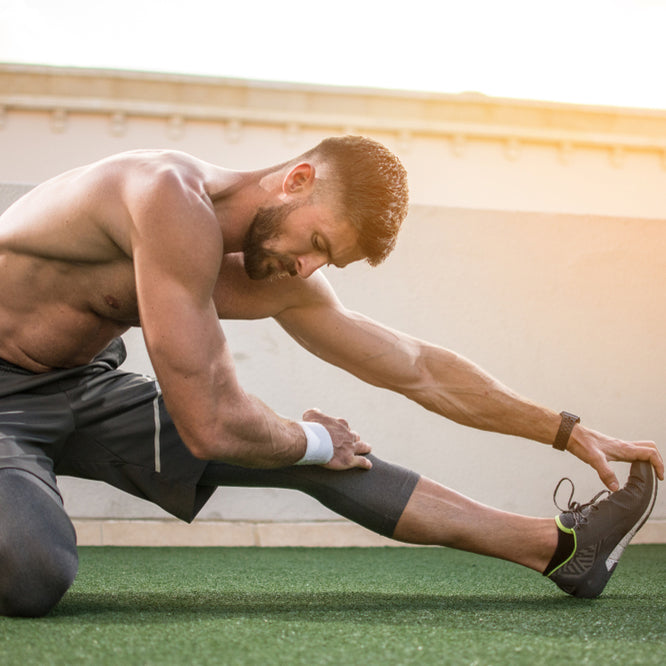Achieving a new one rep max is a big aim for many athletes and a good measure of improvements in strength.
Warming up for a big effort that puts a lot of strain on your body is important. It gives you the best chance of performing to your maximum capability and reduces your risk of getting injured.
So how do you create a basic structured warm-up that you can perform to give yourself the confidence to lift the big weights when it matters?
Built for Athletes breaks down the key phases.
General Warm-Up Phase
You should start every workout with a general warm-up to prepare your body for training. The aim is to increase your core temperature, enhance mobility and improve motor control.
Start with some foam rolling for myofascial release and to generate blood flow to the active muscles. Then move into some mobility exercises that will prepare the joints by activating synovial fluids. Lastly, perform some activation exercises to target the specific muscles you are about to use.
Specific Warm-Up Phase
Following your general warm-up, you should start preparing for the exact movement pattern you will be using for your one rep max by doing a specific phase of your warm-up.
The most common way to do this is to perform progressively heavier sets of the exercise you are attempting. So if you are trying to hit a deadlift one rep max, do sets of deadlifts with an increasing load.
The number of sets you do depends on your personal preference. Some people find they take longer to warm up and really need to build up to their effort, but other like to make sure they don’t go into the main lift overcooked. Anywhere between four and 10 warm-up sets is generally acceptable.
You should keep the sets in the 1-5 rep range, starting with five reps on the lighter weights and moving down to just one rep as the weight approaches your one rep max.
You should also think about the amount of rest you have between each warm-up set. It’s ok to just rest for 1-2 minutes between the lighter sets, but be sure to rest for as long as five minutes on the heavier weights so your muscles can recover and don’t become exhausted before you even attempt your target.


Share:
6 Easy No-Prep Lunch Recipes For Athletes
The Advantages Of Tri-Set Training For Muscle Growth